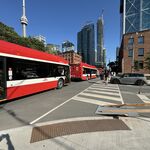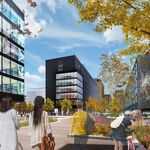If they went back to this, it would be the time to take a look at integrating with GO. This all presumes Presto anyway. Hamilton, zone 7?
A full GTHA fare zone structure would presumably be a lot more complicated than just a TTC fare zone structure. But yes, it would make sense to do a wholesale integration. Especially given the fact that TTC rapid transit is going to start extending more and more beyond Toronto's borders, and more 905 transit is going to be coming in (Durham Highway 2 BRT, Mississauga Transitway, VIVA, etc).




